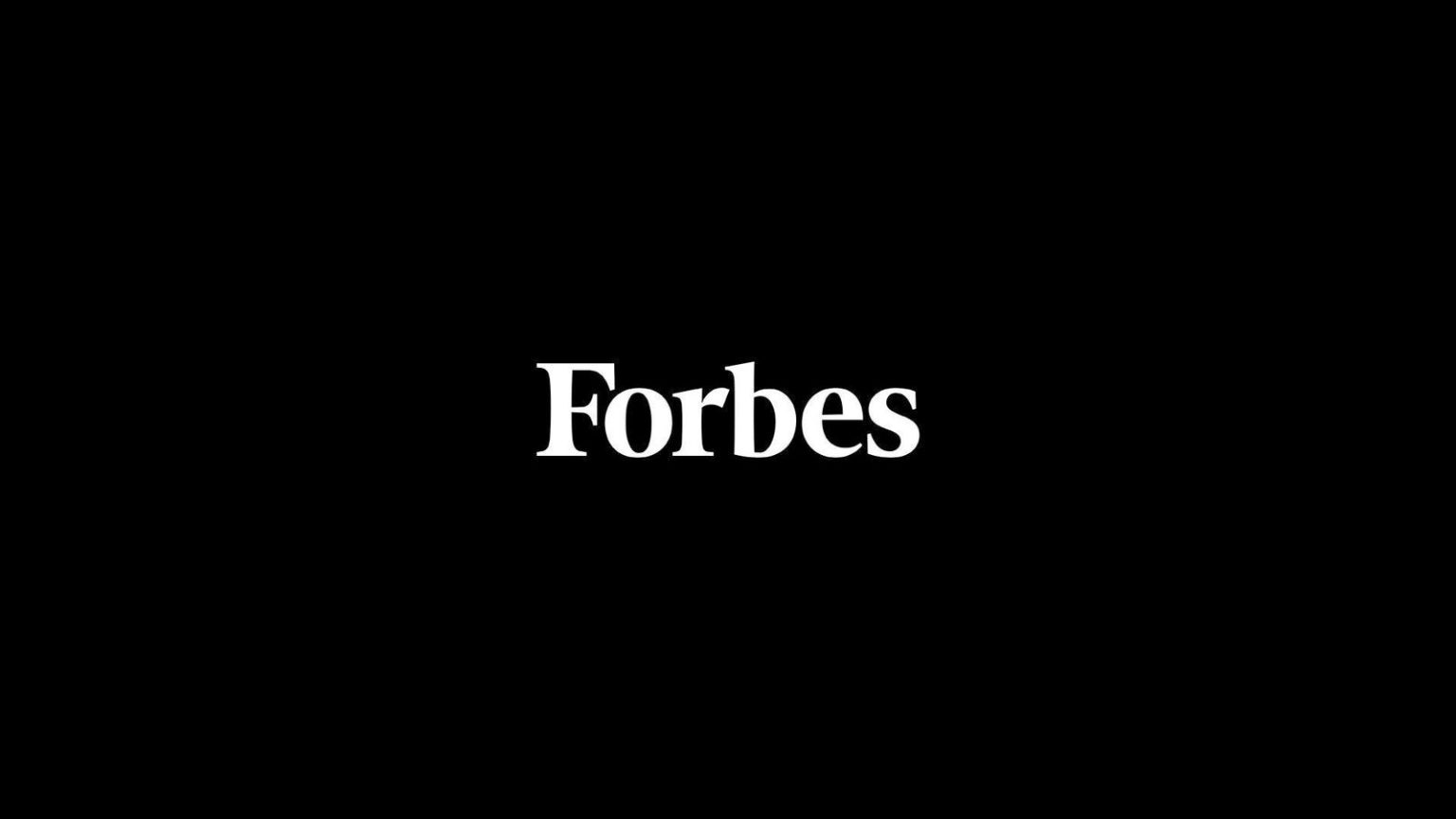It is no great secret that the auto insurance industry has faced considerable profitability concerns over the past few years, especially dating back to 2022. As more drivers returned to the roads in 2021, troubling trends began to emerge. First, claims severities have been a major challenge, registering six consecutive quarters of at least 5% growth through the first six months of 2023, according to the LexisNexis® Insurance Demand Meter. Second, the availability of automobiles took a major hit coming out of the pandemic, with the annual run rate on newly created vehicles falling from 18 million in March of 2021 to 13 million just six months later. Since then, insurers have continued to grapple with supply and demand issues related to parts; a tightening labor market; more claims and higher severities costs year over year; and cars getting more complicated by the day, with advanced driver-assistance systems and the growing popularity of electric vehicles (EVs).
How Do We Adapt?
This context, highlighting the many challenges, can help us understand that we are living in a different insurance market than ever before. We talk a lot about “challenging the status quo” within our own four walls at LexisNexis Risk Solutions, and we are taking that challenge to the market. There was a time in the industry when it wasn’t nearly this difficult to predict spikes in insurance policy shopping and switching activity, as many insurers across the country traditionally achieved rate adequacy at similar times when certain levers are pulled. But as insurers grapple with all of the above impacting rate adequacy and getting new rates approved across various states, consumers are experiencing sticker shock in some cases when they see their new premium notice, and that can lead to auto insurance shopping.
Shopping Opens a Window of Opportunity for Those Insurers That Stand Ready to Adapt
With 2024 well underway and looking ahead to 2025 now, insurers have an opportunity to seize market share, which is particularly evident in the direct insurer channel, where factors like marketing expenditure and rate adjustments are prompting increased shopping behavior. For instance, Texas, one of the first states to increase rates and experience positive growth, saw negative shopping numbers in the final quarter of 2023. This may highlight the need for insurers to adapt their strategies and balance acquisition with rate competitiveness to capitalize on increased shopping before it stabilizes. While we believe there is a window of opportunity, it may be temporary. Insurers may only have a limited time frame to take advantage of current insurance industry conditions and secure their market position.
Additionally, with sustained shopping growth expected to continue through most of 2024, savvy insurers will also be keeping a close eye on their existing portfolios of business, especially given some of the notable driving behavior changes we have seen in recent years. Changes in driving behaviors like the ones we’ve seen over the last several years cause risks to drift over time, and this is further compounded in our current market with increasing rate pressure, meaning someone who they thought was less risky is now riskier and they haven’t accounted for that in their expected payouts over the year, leaving an insurer upside down. This is a key moment for insurers to look in the mirror and to do everything possible to properly price to risk and underwriting discipline. If renewal is not top of mind in your insurance organization, now is the time to make it a priority.
There’s no doubt. The auto insurance market is still very much at an inflection point, with trends continuing to buck the norm and consumers shopping at higher rates. Still, while this unusual environment brings insurers unforeseen challenges, it also provides some unique opportunities for those carriers that are willing to face the issues head on, as they leverage the uncertainties in the market today to grow their book of business for the future.
Read the full article here

